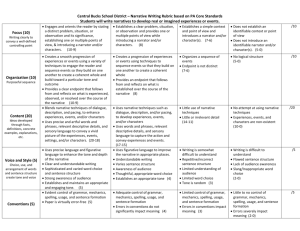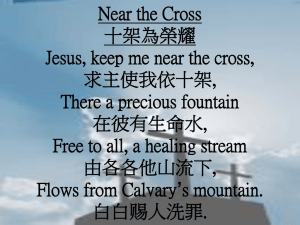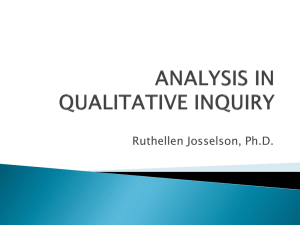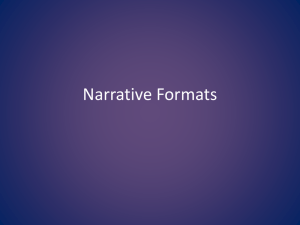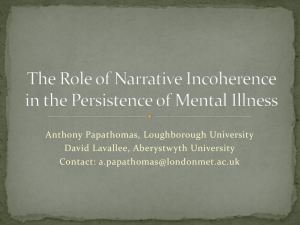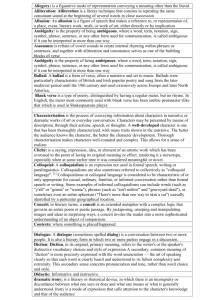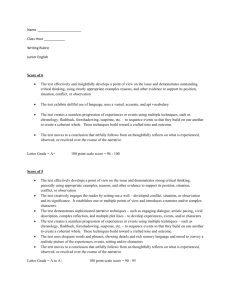leaving the tate - Missy-P
advertisement
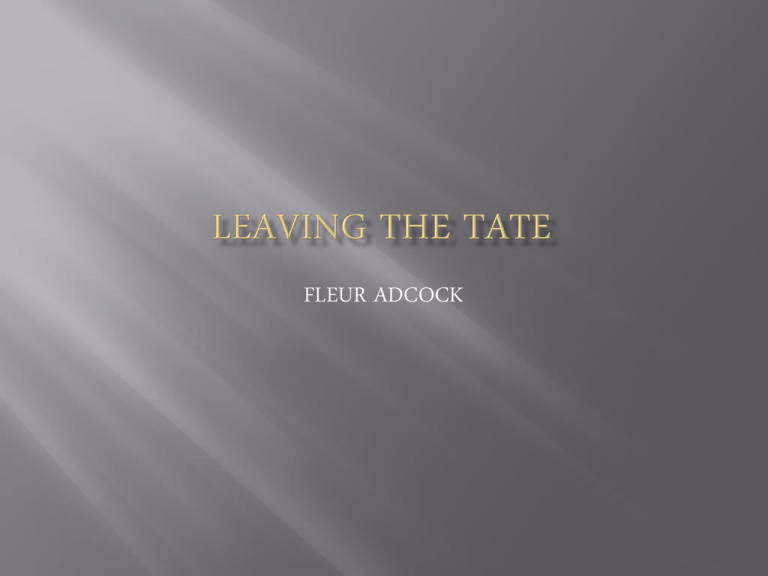
FLEUR ADCOCK Moonrise on the Yare Yarmouth Harbour The Hay Wain Part of the Constable collection at the Tate William Holman Hunt: Our English Coasts William Homan Hunt: Cornfield at Ewell. The painter has carefully cropped the image to balance the dry yellow land with a bright blue sky. Poetry is at its most descriptive when it is inspired by another art form. In the poems "Leaving the Tate" by Fleur Adcock art, its interpretation, its complexities, and the emotions it invoke are expressed from two opposing views--the observer and the observed. Adcock uses nature in juxtaposition to man-made art. Because of the pieces in the Tate Museum the narrator saw the natural surroundings outside of the museum as a painting in a frame. Narrative: ‘paragraphing’ – styled as if it’s paragraphed. Conjunctions – and, so, etc. Beginning, middle and end like a narrative. Sentence length – some long, some short. Explaining something rather than just describing. Linear style in order to arrive at conclusion: stream of consciousness. Artistic references – e.g., light: verse two and penultimate verse (“light painted them”). Colour: Imagery: especially verses two and three; verse five – adding to the painting. At “That’s your next one”, she is saying that the second picture is being composed. Enjambment: helps to read like a narrative. Other effects? Enjambment: helps to read like a narrative. Other effects? The reader reads to the end of the sentence then stops, rather than just reading line by line. They think about each sentence/thought. Also to do with stream of consciousness – some thoughts are fully formed and others are snatches. – e.g., “Crome? No – too brilliant” – minor sentences like incomplete thoughts. Fully-formed – e.g., verse five. As the poem goes on her thoughts become clearer. “The narrator is on the outside looking in.” Used mainly second person narrative. The narrator is the observer, talking to “you”. “…you pause on the steps to look across the river.” Personification: “Art multiplies itself.” Effect? Tone: Personification: “Art multiplies itself.” This is because the observe sees art and it becomes first internalised, then externalised on to the landscape, so that what you see becomes your interpretation rather than just ‘stuff’. Effect? The poet says you become a better observer of what is actually out there – a more accurate representation of reality. Tone: Art remains Impermanence Change Futility Passage of time




